Leaves are one of the fastest ways to identify a tree.
- You can look at the leaf ARRANGEMENT on the stem. Is it a 'simple' or single leaf arrangement or 'compound' with several small leaflets on a midrib. How long are the stems?
- You might consider leaf SHAPE. Are the edges smooth, toothed or lobed?
- How does it feel? Is it smooth or rough?
But leaves are not the only way to identify a tree, and maybe not even the best. And, during the winter, deciduous trees don't have their leaves to examine.
Where do you start?
To begin, look for TWIG SIZE and MARKINGS, SCARS from previous leaves and BUD PLACEMENT. Leaves form as either terminal buds –found at the ends of twigs, or lateral buds - along the sides of twigs. Most buds have protective scales that enclose the leaf tissue. If no scales exist, the buds are considered “naked.” The number and arrangement of the buds on the twigs are also important.
Twigs are arranged the same way the leaves are arranged - either opposite from each other or alternately.
- Terminal buds - buds that are found on the tips of a stem or branch.
- Lateral buds - buds that grow along the sides of a twig or branch.
- Bud scales - small leaves that grow around outside of the bud. If there are no scales, the bud is considered "naked."
- Bud scale scars - tiny dots that can be seen inside the leaf scar after the leaf falls.
- Leaf scars - scars left on the twig after the leaf falls.
- Lenticels - small, lighter colored spots on the back of the twig. They are tiny openings the allow air in & gas out.
- Nodes - leaf bearing joints of the twig
- Pith - the spongy center tissue of the twig.
- Vascular bundle scars - where the xylem entered the leaf and phloem entered the twig.
BRANCHES also are helpful. Birches, sycamores and tulip trees have alternate branches, where twigs and buds grow off a main branch one at a time. Opposite branching, where twigs and buds grow off a main branch in pairs indicate trees including ashes, dogwoods, and maples.
BARK TEXTURE AND COLOR can change with the age and geographic location of a tree, but generally helps determine the species of tree. Run your hands over the bark. Look at the color. The patchy white bark of sycamores is strikingly unique in the winter landscape. Now, note the thickness, texture, and pattern. Feel for hardness and scaliness. Is the bark peeling? For example, shagbark hickory peels vertically in large, thick, curving strips while the paper birch peels horizontally in large strips.
FRAGRANCE may also come into play. For example, the inner bark of yellow birch smells like wintergreen. Common witch hazel (H. virginiana) offers yellow flowers with a banana scent long before it presents leaves. Other trees with distinctive scents are sassafras, which smells spicy and can be quite strong, and wild cherry has a bitter almond scent.
During winter months only EVERGREENS like conifers and hollies, maintain leaves. Evergreen needles may be thin and soft or thick and sharp. How many needles are in each bundle? Leaves may be scales, like an arborvitae or cedar. Cones are another indication. If present, the shape and size will help distinguish from one species to another.
Armed with this basic information and a good reference guide, you should be able to sleuth your way through any forest and know its trees.


